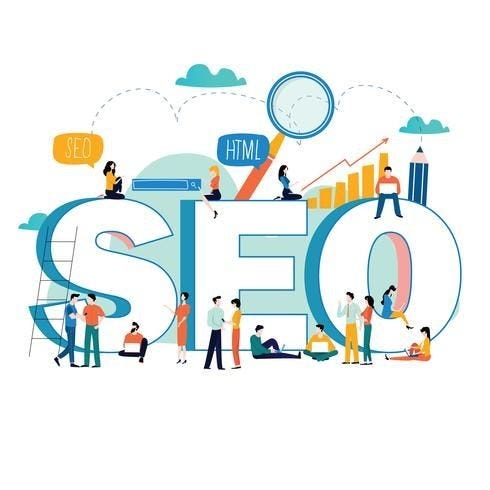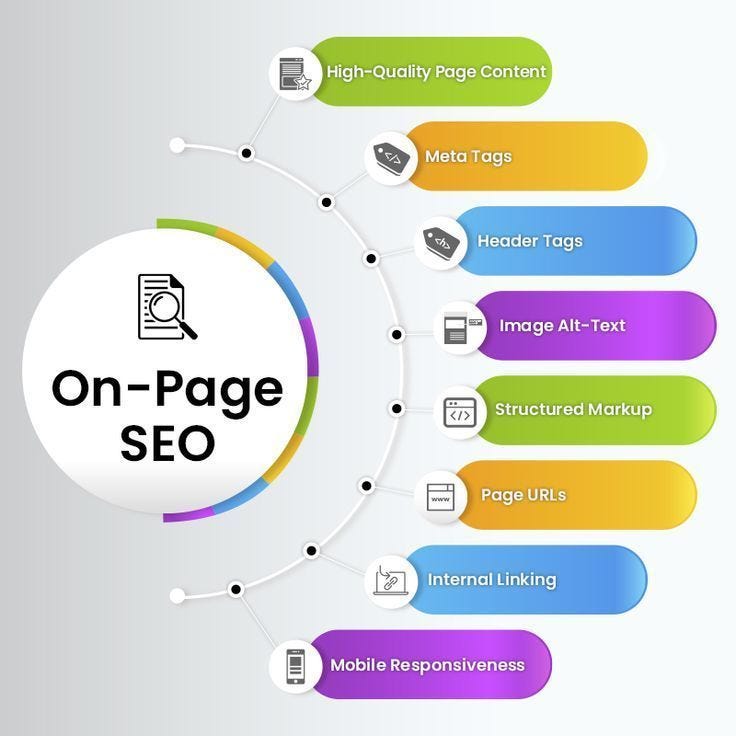Search This Blog
Aspiring cabin crew or curious reader? You’re in the right place. I offer 1:1 cabin crew consultations based on real industry experience—training, interviews, and life in the skies. Not pursuing aviation? I also write for readers who enjoy topics like life, mindset, and relationships—there’s something here for everyone. 👉 Book a Consultation | 📖 Read the Blog
Followers
Book Now!
- Get link
- X
- Other Apps
Beginners guide: “Master On-Page SEO: Achieve 100% Optimization with These Proven Strategies”

I've also recently started; if you need motivation to start, remember, we all are struggling somewhere; you'll at least be doing something that you like and building something of your own.
Hi, I’m Sandhya, aka flyingbird. I recently started my digital marketing journey through Blogger to get a hold of doing SEO and then moving forward. As I was writing, someone suggested I should use Medium to reach a wider audience and use it to create backlinks, which would be great for SEO.
SEO (SEARCH ENGINE OPTIMIZATION)—a set of practices designed to improve the appearance and positioning of web pages in organic search results. SEO is of three types:
- On-page SEO (websites),
- Off-page SEO (backlinks),
- Technical SEO (SSL certificate, mobile-friendly, etc.).
While I’m still trying to get a hold of it, I’m proud to say I developed my website using Blogger, which has 98% of on-page SEO. You can visit my website, https://sandhyaarya03.blogspot.com/, to see the content and pages. You can drive organic traffic through SEO, which would be great for your website if you are just starting it, and then move on to paid SEO.
Let’s start from the basics of on-page SEO; it is a process of optimizations to visible content and HTML source code (SCHEMA). There are several factors on which it depends; let's look into it in detail:
- Title tag—(Primary keyword) usage of the primary keyword and secondary keyword is important in a natural manner; however, be careful of keyword stuffing. Use 50–60 characters in length and structure your title.
- Meta Description: Usage of primary keywords to drive the engagement and make it crawler friendly. It affects SEO indirectly through CTR (click-through rate); Google will lower the rank if CTR is low.
- Headlines (H1 tag): It’s important to use the H1 tag on the content using primary keywords, if possible, not intentionally stuffing it, which can hamper the indexing. Headings and titles of the page should be different.
- Header tags (H1-H6)—use only one H1 tag (recommended) for best SEO results; however, you can use multiple header tags, but not exceeding H6, to make it more SEO friendly.
- Keywords in URL: It’s one of the best practices to use keyword optimization. Prioritize user-friendly, descriptive URLs over keyword stuffing.
- Image optimization: ALT tag in images, using keywords (primary keyword or secondary keyword)
- Formatted text: Make sure the content is unique, natural, and in-depth in topics. Also, use bold, italic, and underline to highlight words and sentences in the content.
- Internal linking: Internal linking is crucial for on-page SEO as it helps search engines understand your site’s structure and distributes link equity across pages. Make sure to use anchor text to be relevant to other pages.
- Content—Make sure it’s unique, natural, and not keyword stuffed. Google doesn’t allow AI-driven content to top, hence, make sure to do the research.

Follow me and my blogger page to find more SEO content and exciting articles. And always, remember to be kind, as kindness always comes back.
- Get link
- X
- Other Apps
Comments
Post a Comment